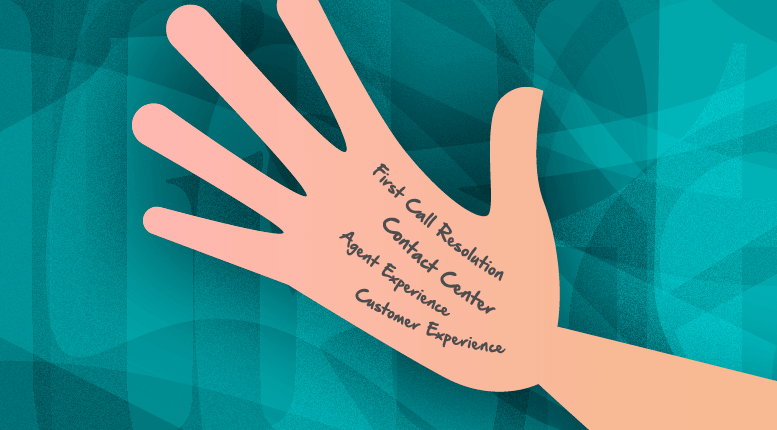
The Ultimate Cheat Sheet for Key Terms for Customer Service
Whether you’re new to the customer service industry or have been around the block a few times, there’s no shortage of industry terms, abbreviations, and metrics to remember. From SLA and CX, to CSAT and FCR, how can you keep track of what terms you need to know?
We’ve created a cheat-sheet with 19 quickly-defined terms, so busy managers (like you) have an always-accessible reference point for your must-know terms. Keep it handy for those days where the caffeine isn’t quite kicking in or you rolled out of bed a little late.
Your Customer Service Key Terms Cheat Sheet (in alphabetical order)
1. Agents – Front-line customer service representatives who handle customer interactions and troubleshoot external-facing problems in your call center or contact center. Also known as, the friendly faces of your brand.
2. Agent Empowerment – How an agent feels (their attitude) about the community and support they receive when performing their job-related tasks. Agent empowerment is really about giving agents the tools they need to provide better customer care.
3. Agent Experience (AX) – the holistic view of how empowered, efficient, and effective your agents are.
4. Big Data – Deep, complete data and analytics driven by your team’s interactions that lets you forecast for all activity types, all channels, queue activities, and even in-line agent training.
5. Call Center – A call center is dedicated to handling a high volume of phone calls. Call centers can be inbound service departments or outbound sales departments. But, either way, they only handle phone calls.
6. Churn – When an existing customer or user cuts ties with a company and stops doing business with them.
7. Cloud-Native – A flexible and scalable software architecture that allows companies to streamline IT processes, eliminate costly on-premise hardware, reduce overhead costs, and automate system updates.
8. Coaching – Agent training and development delivered by way of feedback, in-person conversations, frequent micro-lessons, in-line training, and consistent check-ins with your team members. Coaching steps beyond management and focusing on continuously giving your agents the guidance and resources they need to do better work.
9. Contact Center – A modernized version of a call center that’s designed to handle a high volume of multi- and omni-channel communications. Using the term contact center instead of call center makes the distinction that agents not only take calls, but monitor any number of other channels in real-time, too.
10. CSAT – Short for Customer Satisfaction, CSAT is the average satisfaction score that customers give to a specific experience they had with your organization.
11. Customer Experience (CX) – The feelings and perceptions a customer has about the sum of every interaction they’ve had with a brand over the course of their relationship with a company. Every customer touchpoint throughout their journey melds together to create one holistic experience.
12. Customer Journey – The sum of every interaction a customer has with a brand over the course of their relationship with a company. The customer journey keeps track of a customer’s every touchpoint and path with a brand.
13. Customer Lifetime Value – The overall revenue and impact that one customer has on a company throughout the duration of their relationship with that company.
14. First Call Resolution – When your customer’s inquiry or problem is resolved in a single contact.
15. In-line Training – Contextual feedback and micro-learning lessons managers deliver to customer service agents in their queue.
16. Micro-Learning – A method of agent training that puts miniature lessons into their queue for quick and convenient review.
17. NPS – An abbreviation for Net Promoter Score, NPS is the percentage of your customers who would, or wouldn’t, recommend your company to their friends, family, or colleagues.
18. Omni-channel – An omni-channel platform provides customer service and sales teams the ability to communicate with customers how they prefer (over any channel, like SMS, chat, video, or calls) while also providing the ability to switch between any of these channels with a click of a button.
19. SLA (Service Level Agreement) – This is an essential piece in vendor contracts that describes what kind of service and guidance a customer can expect from a company once they start doing business. Good SLAs detail how that level of service will be measured and what the customer will get in return if the vendor can’t meet the standards they originally lay out.
Okay, enough with the technical terms. We’re cutting the list short (because we could go on for days), but we’re working on a more comprehensive list for those of you who like a nice, hefty read every once in a while. In the meantime, visit our contact center metrics and calculations article to learn what metrics you should be tracking (and how to track them)!

